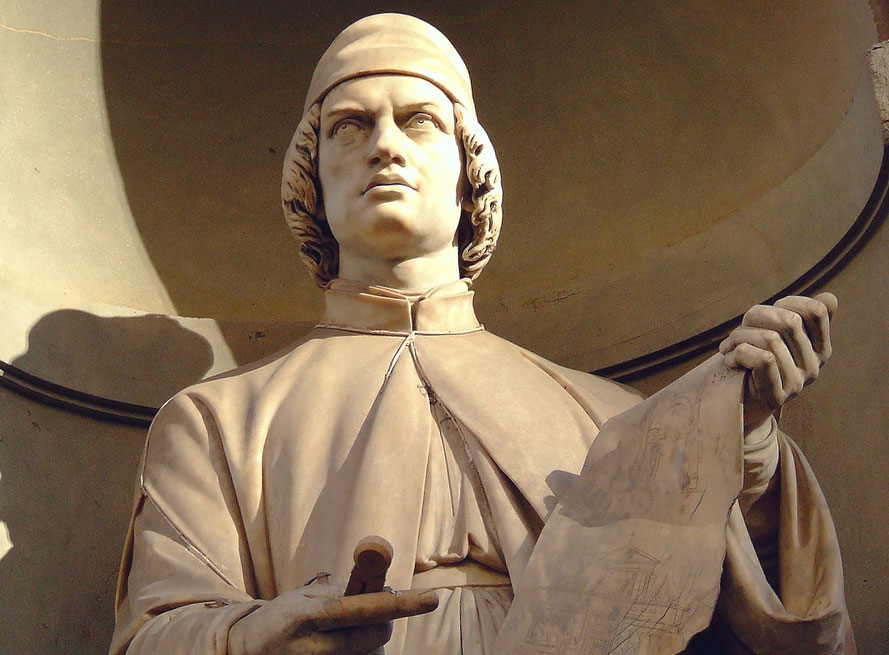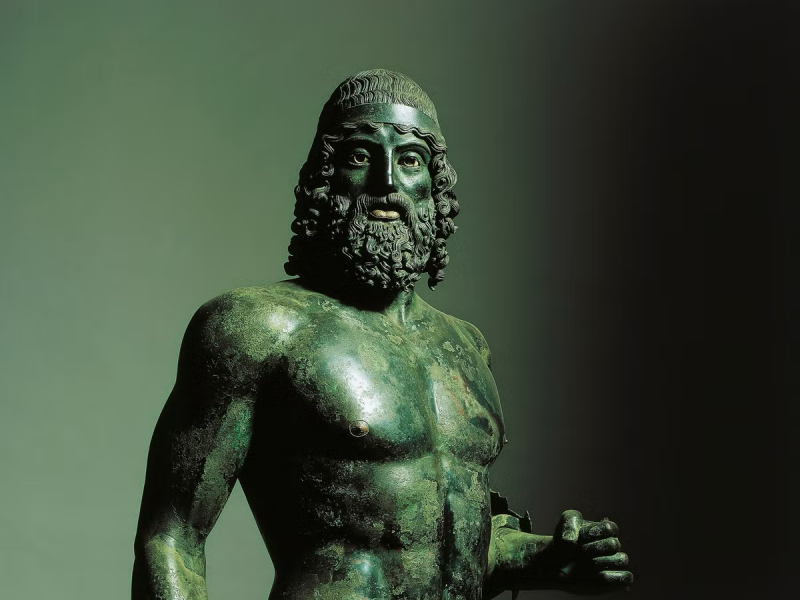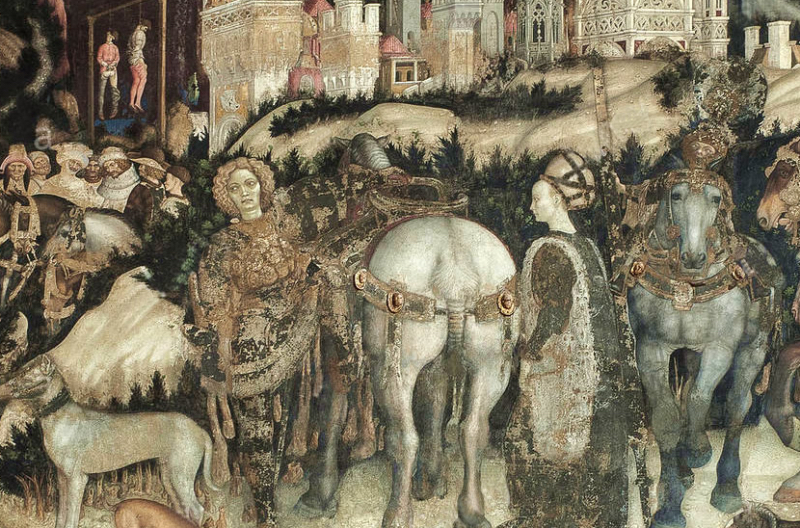
Luigi Pampaloni Venere al bagno dettaglio
One of the lesser-known names in art history but extraordinarily significant in the Italian art scene of the 19th century, Luigi Pampaloni stands out for his ability to capture the soul of natural beauty through marble. Born in Florence in 1791, Pampaloni left an indelible mark on the world of sculpture with his unique talent for combining solemnity and grace. His ‘Venus at her Bath’ is a masterpiece that still invites us to reflect on the evocative power of art and the link between tradition and innovation. Let us discover together the story of this extraordinary artist.





